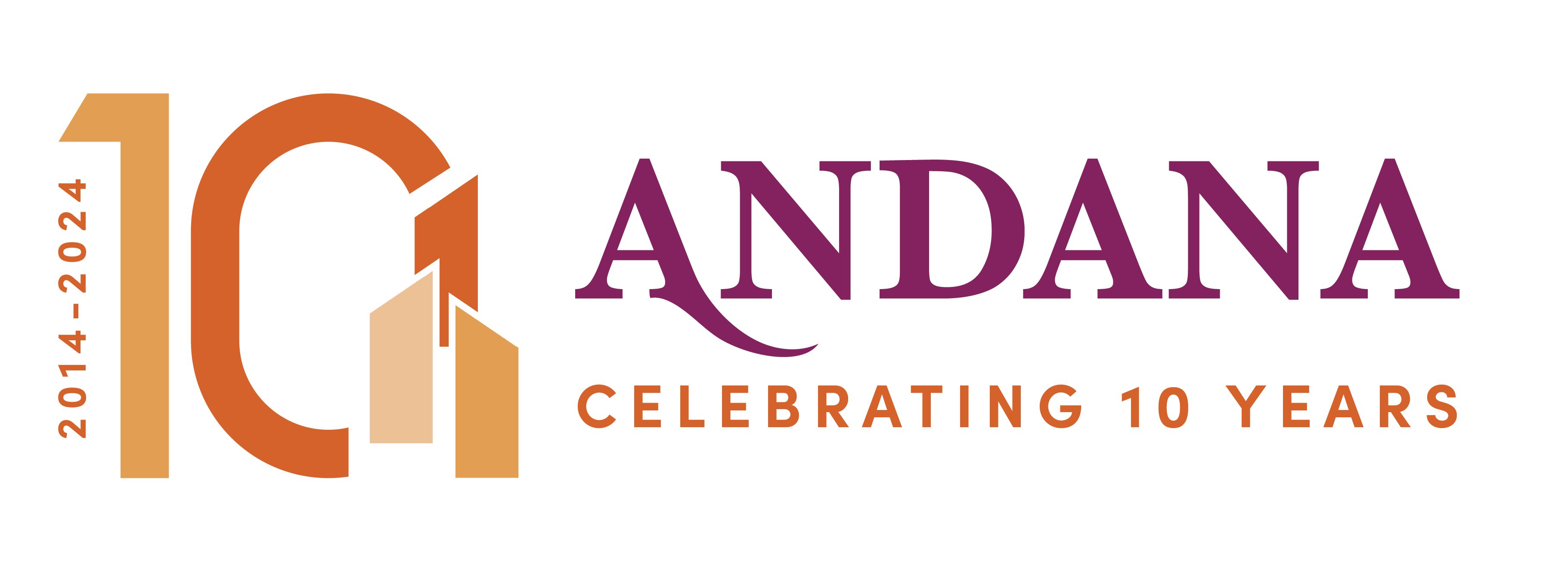
It is the middle of your workday. Project tasks are being checked off one by one. Then, there’s a knock on your office door. Your colleague is standing there, papers in hand, waiting for you to look up. “This RFP just came in… we’ll probably go after it but need you to take a look before our Go/No-Go meeting tomorrow. It’s at 10 am, I’ll send you the invite.”
Suddenly, your fluid workday is stopped, and the RFP must be reviewed – before you leave for the day or when you get home.
So, how do you dissect an RFP in a short amount of time to start the evaluation process? We are talking about high-level understanding of the submittal, key points that will go into your decision to pursue or pass. We aren’t writing the outline or developing a compliance matrix (…yet) simply reading the RFP to gather facts and understanding of what the client is requesting.
All stakeholders involved in the response must have the ability to dissect and understand the components of an RFP to work as a team and create a strong proposal. The key to understanding what goes in to a submittal begins with you and your team beginning the break down. When you need to review and prepare for a go/no-go discussion, look for these key components to break down the RFP.
- Dates – First and foremost, know when your proposal is due and when the RFP was published. This is a must as we sometimes have to acknowledge that meeting a deadline may not be possible. It is okay to admit that you were late to the game, but it is also important to understand that even if one week or one month to turnaround a proposal may not be ample time to create a quality package. Available resources, relevancy of the services highlighted, and overall firm qualifications are things to consider when assessing how much time a firm truly must compile the necessary documents into a submittal.
- Set-aside Status and Subcontracting Requirements – What is the socio-economic set-aside for the RFP? Is it for one specific category or full and open? If there are subcontracting goals, are we able to meet them with the teaming partners we currently have? What are the goals and sub-goals for subcontracting?
- Place of Performance – Is the work to be performed in a location where we have experience? Where we have offices? Is our work in this geography recent and relevant? Do we have teaming partners that are also local?
- Site Visit or Pre-Bid Meeting? – Make a note of any site visits or pre-bid meetings. This is your opportunity to scope out the competition, identify additional teaming partners, and tour the project site. Even when a pre-proposal meeting is not mandatory, it is a best practice to attend and learn more about the scope of work outlined in the RFP.
- Type – Is this document marketing a Request for Proposal (RFP), Request for Qualifications (RFQ) or Request for Information (RFI)? These three submittal types, while similar, require different information. Qualification based proposals more often than not do not require a price proposal in the final package. This may allow your firm to reallocate time and resources into creating a stellar package, which otherwise would have been dedicated to a price proposal.
- Proposal Scope – The RFP will have some description of scope of services. Whether that is a formal Scope of Work (SOW) or Performance Work Statement (PWS), or just a description of the project from the client, the scope is extremely valuable to review to make sure your firm can execute and to identify subcontractors if needed. Also, take note of any additional information provided via attachments and amendments that might contain valuable information which would inform your Go/No-Go decision.
- Submittal Requirements (Section L) – What absolutely must be included in this submittal? Ask yourself this as you browse the RFP. A handy tool to use during this process is your proposal checklist, which highlights information taken directly from the RFP and calls attention to key points. Download the sample proposal checklist that Andana uses for proposals. We have found great success in using this checklist, as we are able to organize and thoughtfully layout our plan of execution. Information such as what goes on the cover of a submittal, who is the point of contact (POC), and the close date for questions are a few items pictured on our checklist. It is also important to identify what may categorize an RFP as a “No-Go.” There may be some hidden content in the terms and conditions which limits your firm from submitting a package, or maybe something that increases your chances of winning. Either way, dissecting every portion of the RFP is important.
- Evaluation Factors (Section M)– Most firms that review an RFP can do the work… but can they win? Read the evaluation criteria closely to learn what components of the submittal are weighted heavier than others, and what are the specific constraints they want to see (often this is a time constraint – projects less than five years, projects in a certain location, precise project types). What are the tradeoffs? Projects vs. Price, Personnel vs. Safety? These elements are important to track when reviewing the RFP, as it determines what content you will pull, which team members you will utilize, and who the lead on this potential project should be. Keep in mind that the elevation criteria may point out that your firm should “No-Go” this opportunity.
- Questions – We often require clarification when sifting through an RFP, in which case appropriate questions should be generated to send to the POC by the questions due date. We’ve heard contracting officers ask us to submit questions… they will not be offended. They want to hear our feedback and want to help us put forward the best submission possible. A few questions you may consider when deciding if the content you are reading needs clarification are as follows:
- Format and Font size – Are you bound to a minimum font size, and if so, can graphics and tables use smaller or larger font sizes?
- Clarification of Services – If you find yourself asking a question related to the scope of services, a question is necessary. RFPs are not always straightforward, in which case, it is crucial to clarify in the off chance a requirement is misinterpreted, in turn disqualifying your firm’s chance at a win.
- Page Count – Confirm that the page count written in the RFP is final. Are resumes a factor? Table of contents, cover pages? All are necessary and should be asked in order to provide a quality submittal.
- Resources – After you’ve read the response and have a high-level understanding of the effort required, make sure your firm resources are available to put together the final proposal. Is the marketing and proposal team on other deadlines? Do we have project managers, designers, estimators, schedulers, and/or technical writers available to support the effort? Ensuring the proposal team will be available and committed to the response can make all the difference in how the proposal comes together.
The key to understanding and really breaking down the RFP is thoroughness. If something you read seems important, it most likely is. Be sure to remember and use these key points when analyzing any RFP and give the sample proposal checklist a try. You may be pleasantly surprised at how organized your thoughts are when following a checklist!
